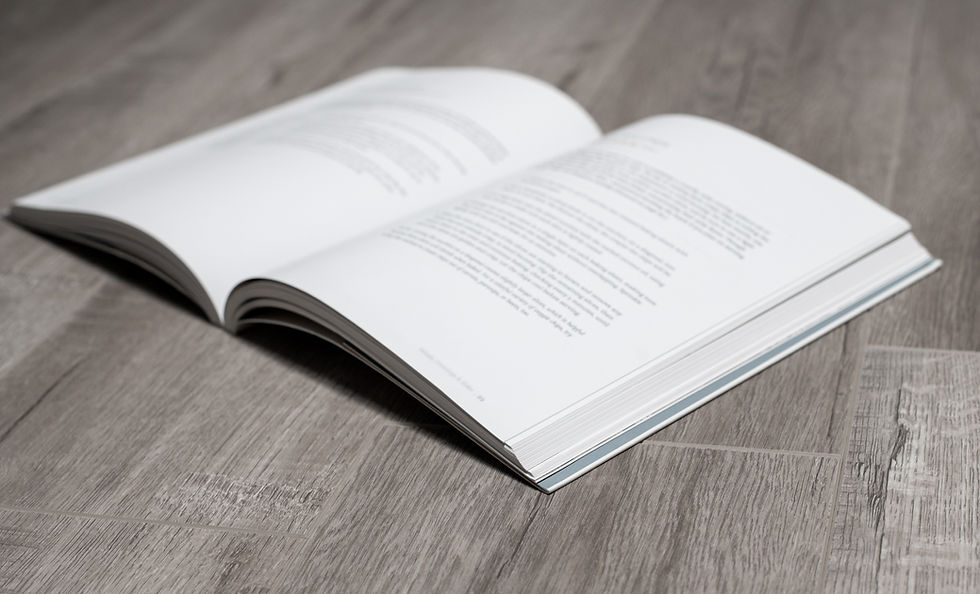Top 5 Basic Stock Order Types
- equityTradingPost

- Feb 20, 2023
- 2 min read
Updated: Jun 12, 2023
Let's review the most common order types when placing a stock trade.
Investing in stocks is a popular way to build wealth, so it is necessary to understand the different type of orders that can be placed.

The five basic order types that you have to choose from are: Market Order, Limit Order, Stop Order, Stop Limit Order, and Trailing Stop Order.
Market Order
A market order is an order to buy or sell a stock at the market's current "best available" price. The main benefit of this type of order is that it is fast, and you don't have to wait for a specific price before an order is accepted. The biggest negative is that you have zero control over the price and depending on your brokers trade order the price could be very different than what is expected.
Limit Order
A limit order is an order to buy or sell at a specified price or better. A buy limit order is executed at the specified price or lower. A sell limit order is executed at the specified limit price or higher. This is a great option if you have a particular price point that you are looking to buy or sell a stock at. The negative is that you might miss the trade, or the trade may not get filled if there are no buyers or sellers at the same price point.
Stop Order
A stop order is an order to buy or sell a security that only becomes active once its price has reached the specified "stop" price (or passed it). In this example for XP, we put an order for 10 shares of 12.90, we wouldn't actually purchase the stock until it dipped down to this price.

This is a good option if you are certain that you are wanting into a position after the stop target price has been reached.
Stop Limit Orders
A stop-limit order is a conditional trade over a set time frame that combines stop order with a limit order. The stop-limit order will be executed at a specified price, or better, after a given stop price has been reached. Once the stop price is reached, the

stop-limit order becomes a limit order to buy or sell at the limit price or better. The benefit of this type of trade is that you have controls over when the order should be filled. The negative is that you might not get the trade filled if there are no buyers or sellers at the same price point.
Trailing Stop Orders
A trailing stop order is similar to a stop order but instead of defining an absolute stop price that your order should trigger at, you define a relative stop price to trigger at. Typically, this is in the form of a dollar amount or defined percentage. This order type is designed to protect gains by enabling a trade to remain open and continue to profit as long as the price is moving in the same direction. The order will close if the price changes direction by a specified percentage or dollar amount.



